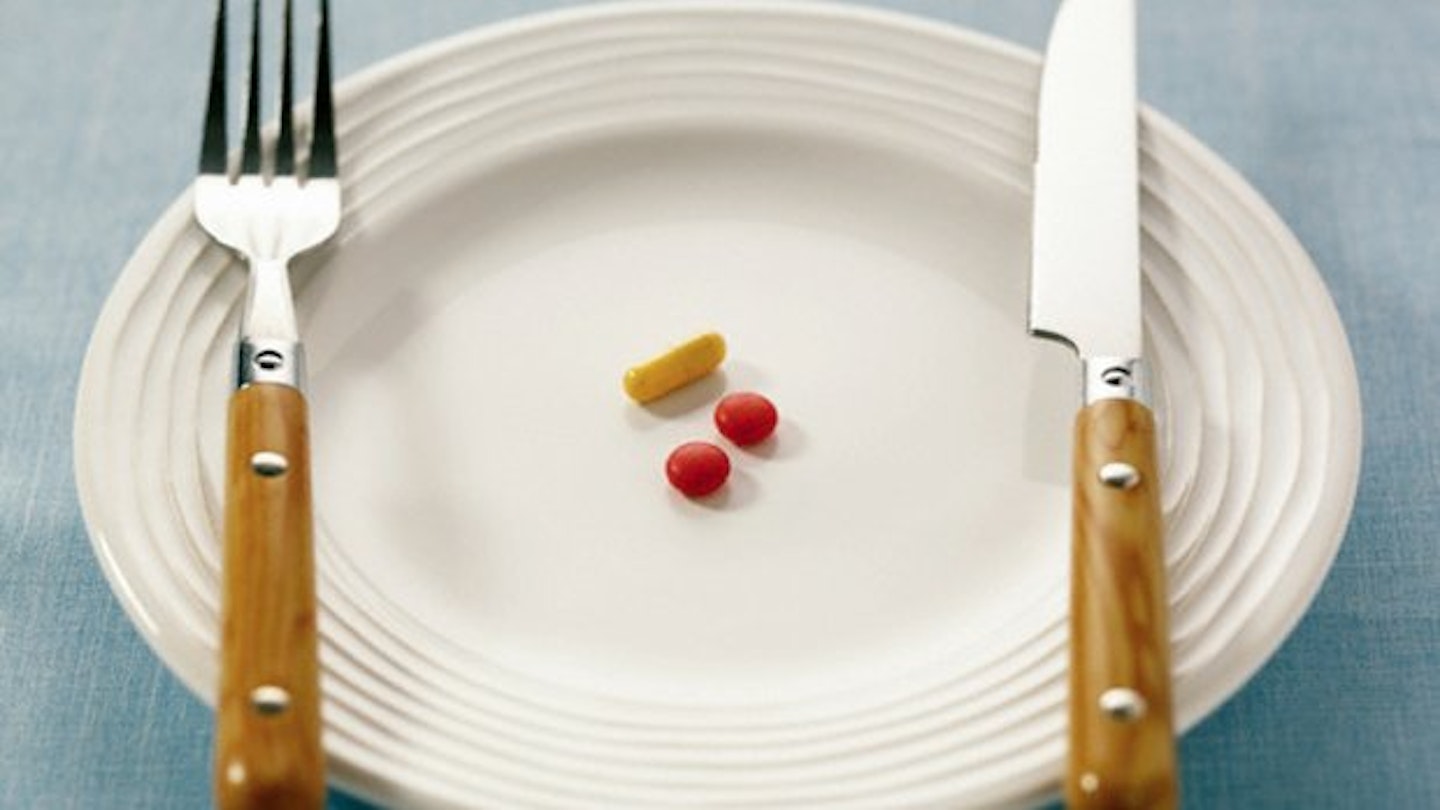When we think about eating disorders, we often picture teenage girls who trawl thinspiration pages or worryingly thin models, but new research has shown just how limited that stereotype is. According to one study, gay and bisexual men are up to three times more likely than heterosexual men to have an eating disorder.
In the first population-based study of its kind, researchers from Columbia University’s Mailman School of Public health found that gay and bisexual men have far higher rates of eating disorders than their straight counterparts. The research team surveyed 516 New York City residents, of which126 were straight men and the rest were bisexual men and women. They found that more than 15 per cent of gay or bisexual men had suffered with anorexia, bulimia or binge-eating disorder at some point in their lives compared with less than five per cent of heterosexual men. In contrast, sexual orientation didn’t have an effect on the risk of developing an eating disorder amongst women, with 10 per cent of lesbian and bisexual women and eight per cent of straight women had ever reported suffering with eating disorder.
‘It is not clear why gay men have high rates of eating disorders,’ explained Dr. Meyer, one of researchers. ‘One theory is that the values and norms in the gay men's community promote a body-centred focus and high expectations about physical appearance, so that, similar to what has been theorised about heterosexual women, they may feel pressure to maintain an ideal body image. But even gay and bisexual men who participate in gay gyms, where body-focus and community values regarding attractiveness would be heightened, did not have higher rates of eating disorders than those gay and bisexual men who participated in non-gay gyms or who did not participate in a gym at all. This suggests that factors other than values and norms in the gay community are related to the higher rates of eating disorder among these men. There needs to be greater awareness of these problems among gay and bisexual men, as well as specific interventions to address the issues in this population.’
One thing is definitely clear about the research, with eating disorders quietly reaching epidemic levels in the gay community, we all need to re-think what we think an eating disorder looks like.
Follow Sophie on Twitter @sophiecullinane
Picture: Corbis
This article originally appeared on The Debrief.
